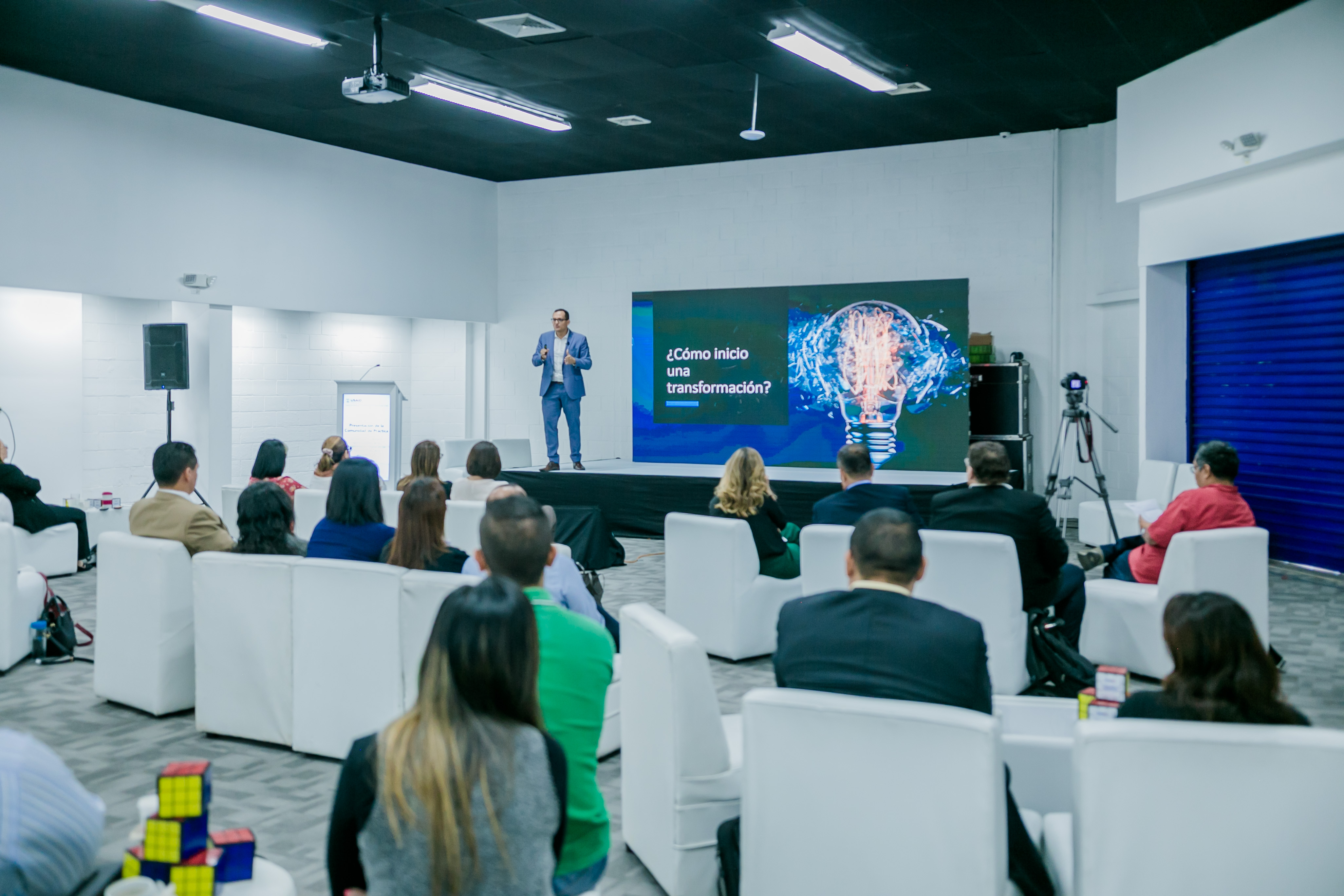Let us know what type of content you'd like to see more of. Fill out our three question survey.
Unlocking the Value of Digital Transformation in the Social Sector
Mar 12, 2020
For many years, the support of international donors to civil society organizations and private and public sectors in the technology field revolved around the provision of equipment, hardware, and software. On many occasions, these types of support have proved ineffective. As researchers wrote in 2013, these investments quickly became obsolete or abandoned. Since then, we in the digital development community have supported international donors and international programming to better integrate technology into our work.
In the near decade since the publishing of the aforementioned 2013 paper, the accelerated digital revolution has reshaped societies, changing the ways in which people interact and work. Software as a service (SaaS) and the use of tools such as cloud services (referred to as “cloudization”) are great examples. As organizations have adopted them, they’ve digitized processes. At the same time, few of these same organizations have then transformed their business models. In other words, digitization has focused primarily on installing these software and tools, rather than behavior change to ensure adoption across an organization.
A clear example is Cisco Systems’ work in 2017. The tech giant worked with 14 local governments in India, upgrading their connectivity in cities through wifi cloudization. As a result, this increased access to new business models based on increased connectivity. Although digital infrastructure remains a very important issue for securing access, the digital paradigm has changed.
The impact of digital transformation comes less from the procurement of expensive software solutions or server clusters. Instead, the value lies in helping organizations to adopt responsible digital use that transforms traditional business models with benefits that extend beyond increased efficiency.

Conference in El Salvador last November where civil society groups learn how to transform their organizations using digital technologies.
Recently, in our work as a subcontractor on the U.S. Agency for International Development (USAID)-funded El Salvador Strengthening Local Organizations Project, I found three characteristics that enhance the value of digital transformation:
-
Leadership: According to Shafaa Shaaban, leadership is “the art of inducing compliance, as an exercise in influence… using it as an instrument in achieving objectives, as an effect of interaction, as a differentiated role and as the beginning of the structure. Without leadership, the fundamental block of the transformation fails to demonstrate the value of the change.” Leadership will become a sine qua non condition for true digital transformation processes in emerging markets. In other words, having clear leadership that is committed to creating institutional and behavioral change will be a key first step to digital transformation.
-
Learning by doing: In his book, Learning by Doing, James Bessen makes the case that the adoption of technology is more likely, particularly in emerging markets, when there is a learning component included. Studies in developing countries have shown that the adoption of new technologies is more effective when there are learning processes involved. I recently held a workshop with civil society organizations in El Salvador and observed that exact phenomenon. At first, the participants communicated broad skepticism about implementing agile project management techniques. But, as soon as the workshop demonstrated how these techniques could be used, they showed excitement about frameworks such as Scrum and Kanban, inspired by the Agile movement. There is a huge opportunity for the digital development community to support local organizations to develop approaches and strategies for both integrating digital tools and adapting behavior that allows for successful digital transformation.
-
Skills: Understanding the emotions of others (empathy), the ability to solve unpublished problems (lateral thinking), the generation of new ideas (creativity), the ability to work with people who have different skillsets (the alliance), and the human capital to problem solve (critical thinking) are valuable assets. These assets are key to achieving an organization’s digital transformation.
Digital transformation is all the buzz. The real value in it is not just integrating digital assets across a business or organization, but rather applying a flexible strategy that allows for digital tools and services to support change.